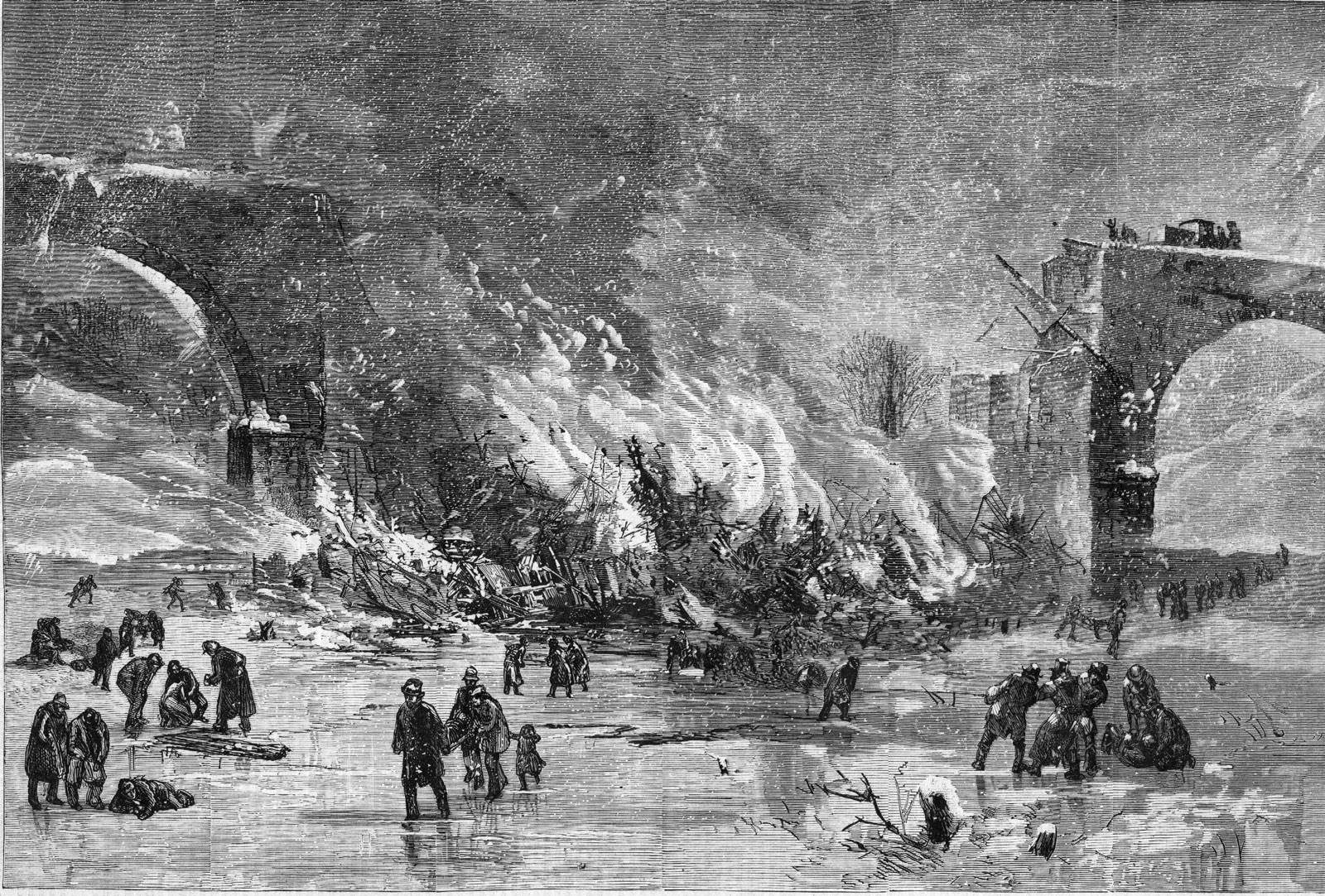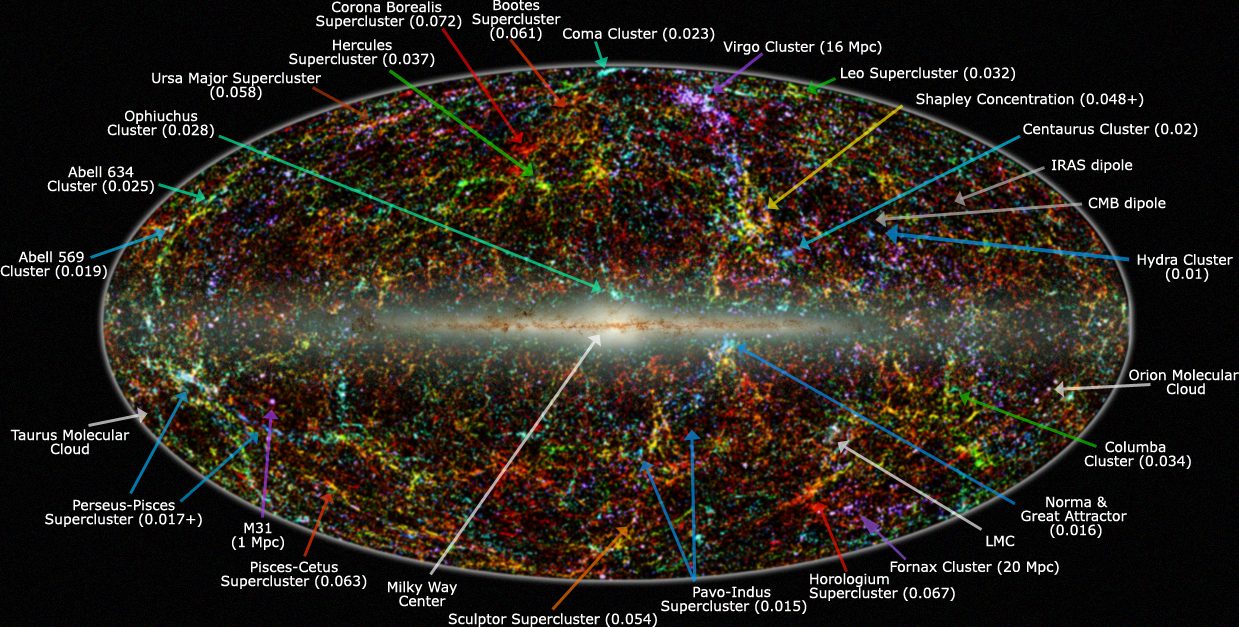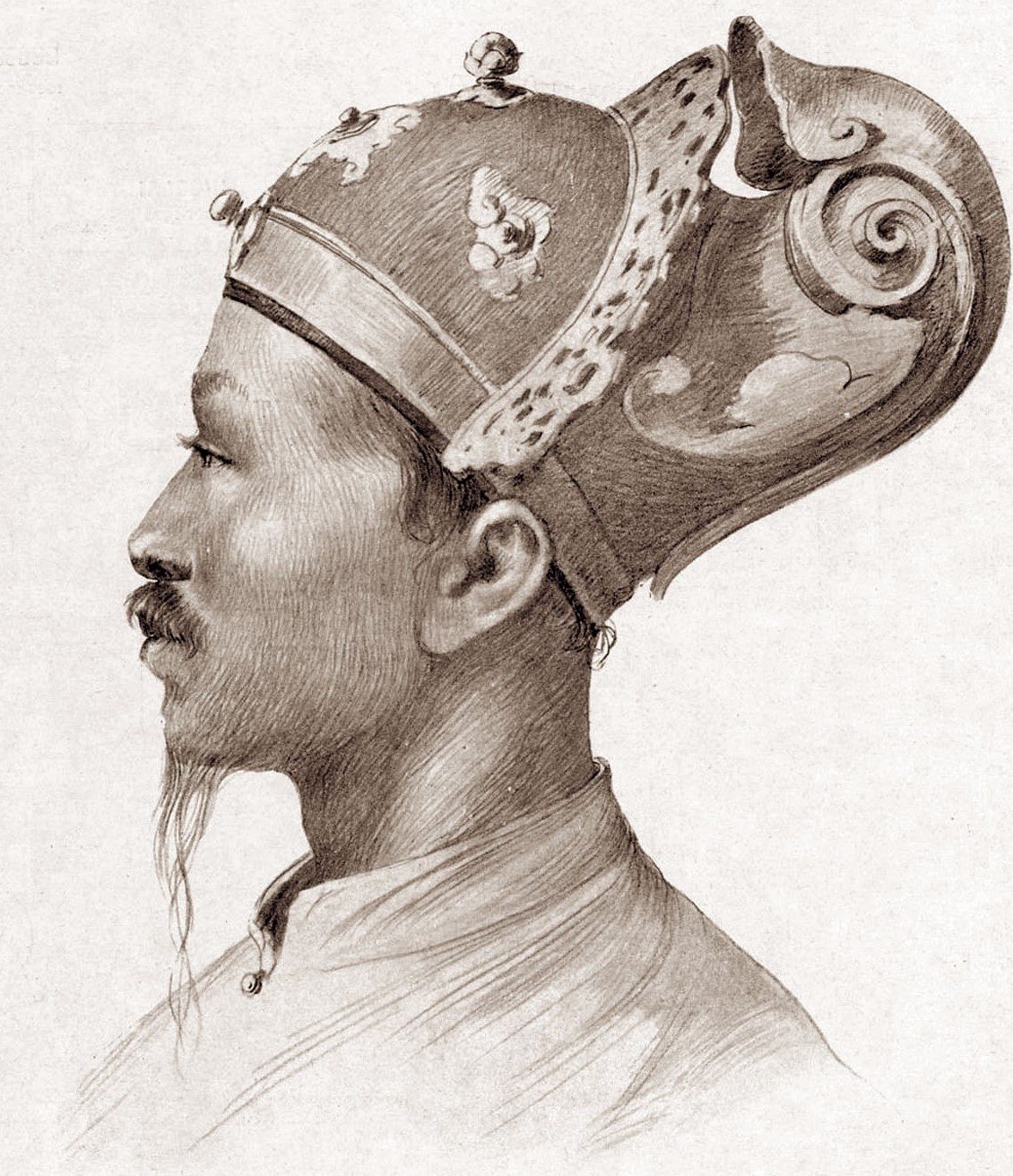Description
The Ashtabula River railroad disaster was caused by the collapse of a bridge over the Ashtabula River near the town of Ashtabula, Ohio, in the United States on Friday, December 29, 1876. A train of the Lake Shore and Michigan Southern Railway, named the Pacific Express, was passing over the bridge as it collapsed, falling into the icy river. All but the lead locomotive plunged into the river. The train's oil lanterns and coal-fired heating stoves set the wooden cars alight. Firefighters declined to extinguish the flames, leaving individuals to try to pull survivors from the wreck. Many who survived the crash burned to death in the wreckage. The accident killed approximately 92 of the 160 people aboard. It was the worst rail accident in the U.S. in the 19th century and the worst rail accident in U.S. history until the Great Train Wreck of 1918. It remains the third-deadliest rail accident in U.S. history.







